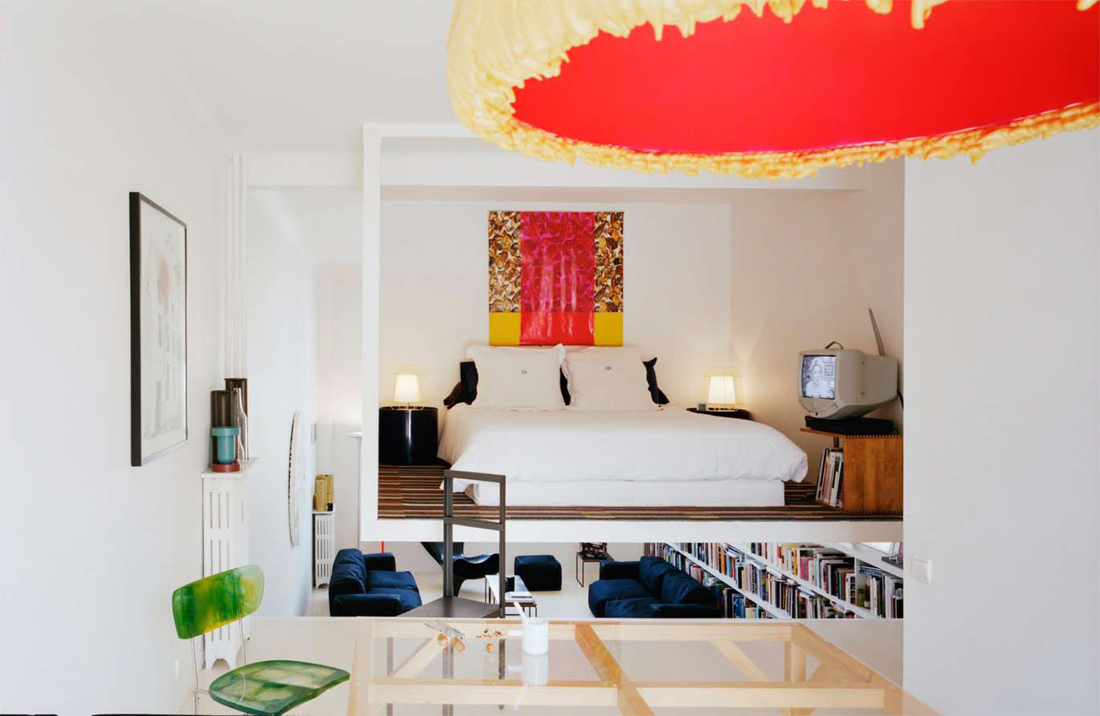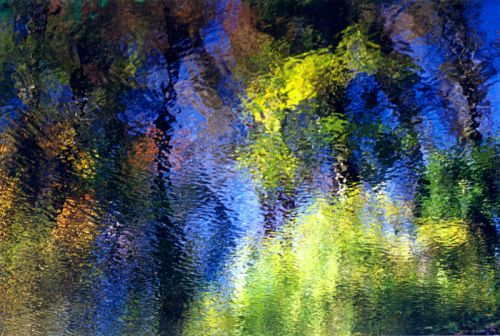This week my Netflix queue bestowed upon me two very unusual French films:
The Diving Bell and the Butterfly, and
La Moustache. One thing I like about Netflix is that, since I tend to set up my queue on a whim, when the DVDs finally arrive in my mail I am almost always surprised (and, on occasion, appalled by my own lack of taste). And often, as in this case, they are films I know very little about.
On this occasion, it turns out that I was entirely unprepared for what was to come.
 The Diving Bell and the Butterfly
The Diving Bell and the Butterfly is the story of
Jean-Dominique Bauby, once an editor of Elle Magazine, who suffered a serious stroke and found himself not only fully paralyzed save for his left eye, but a victim of
"locked-in syndrome." He could hear and see as normal but was incapable of speaking, gesturing, or communicating with the outside world in any way other than by blinking his one functioning eyelid.
The Diving Bell and the Butterfly is the
book he wrote about his experience living life as a prisoner in his own body. To do this he had to painstakingly dictate the entire text one letter at a time to a transcriber who would say the alphabet until Bauby blinked, indicating what letter he wanted.
It's a tragic but fascinating film, well worth watching and all the more incredible considering what it must have been to live with such a condition. Bauby passed away just days after the book was published.
 La Moustache
La Moustache is an altogether different story, in which a man who sported a mustache all his life finally decides to get rid of it, only to discover that nobody can tell the difference. In fact, everyone seems to believe that he never even had a mustache in the first place, sending him into a serious crisis of identity. Things get even stranger as more of his beliefs about himself and his life are called into question, causing him to doubt his own sanity and his life to rapidly unravel.
The tone feels very much like Kafka, with the angst that comes from feeling trapped in a dysfunctional world where everything seems to make sense to everybody except you.
So, though perhaps not the best cure for cubicle-induced cabin fever (unless schadenfreude is your cup of tea), both film are nonetheless highly worth seeing.







